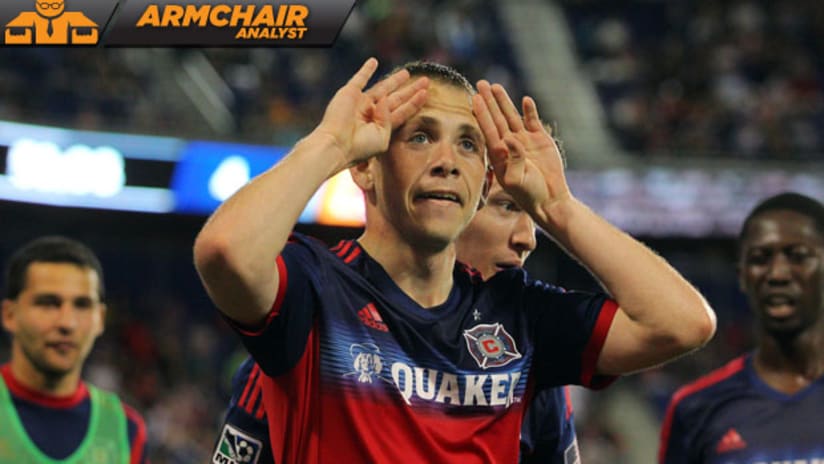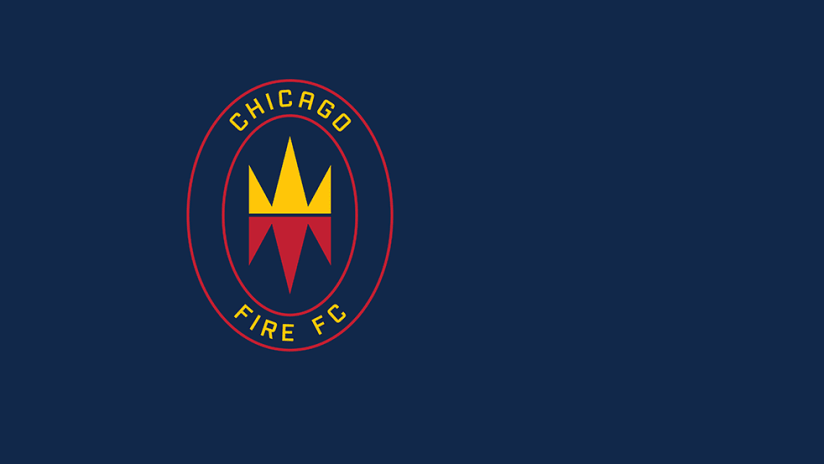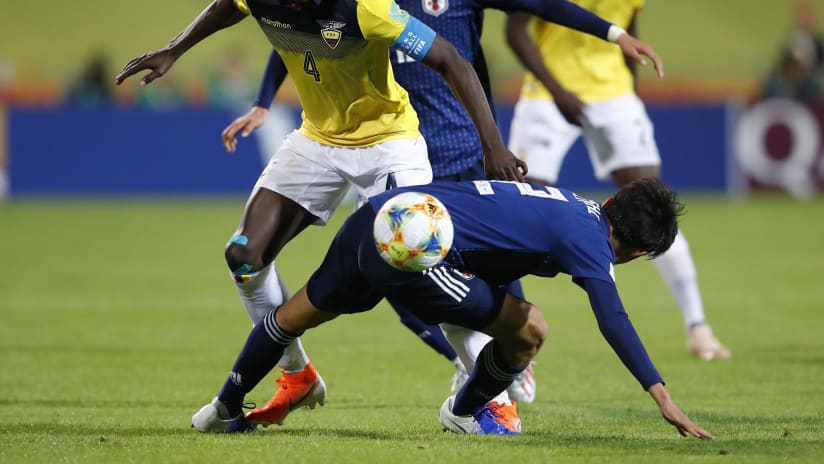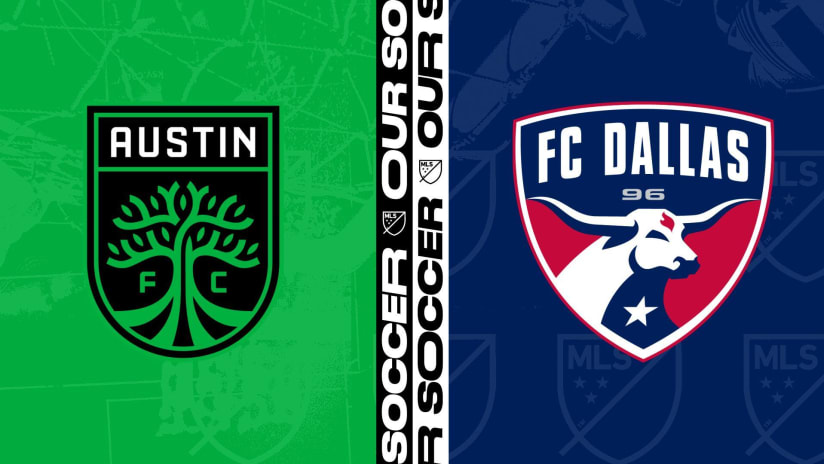This is the 12th in a series of 20 short columns focused on the things I'm thinking about as we approach the 20th season of Major League Soccer. I'm going to dig into mostly non-obvious questions here – the tertiary stuff that can become bigger over time – rather than the giant storylines (e.g., How do the Red Bulls replace Henry? What if Ozzie's injury lingers? Is this THE year for TFC?).
You can find previous installments in my story archive HERE. For this latest entry, we turn to the Second City...
Frank Yallop spent January talking about playing a 4-3-3, and most of February trotting his team out in what's looked like more of a 4-2-3-1. There is a semantic difference there – the formations are closely related – but also a tangible difference in how the deep midfield is deployed.
In the 4-3-3 there's usually one true d-mid shielding and orchestrating, a la Uri Rosell in his Sporting KC days. In the 4-2-3-1 that triangle is flipped, with two guys playing deeper, more equitably sharing the duties on both sides of the ball. This is the Tchani/Trapp partnership in Columbus, or what Dax McCarty and Eric Alexander were able to do for the Red Bulls down the stretch last season.
Sharing that role for the Chicago Fire in 2015 are, at least for now, a pair of 30-something journeymen: Matt Watson and Razvan Cocis. Separately, they are functional role players. Together, they combined for 1 goals and 1 assist in over 2700 minutes, helping shape a Chicago team that had no real identity.
The Fire didn't force a lot of turnovers, and when they did were lousy in possession:
That meant they played very, very direct:
In and of itself, being direct isn't a sin (Seattle and FC Dallas are Nos. 3 & 4 on that list). But with Chicago, they weren't direct with a defense-splitting purpose:
And there you have the recipe for a team that finished second-to-last in possession, and near the bottom in chances created from open play. Even though they have a guy on the team who can do this:
I get the need for a functional, veteran midfield. And I also get that, with Shaun Maloney on the roster, there will be at least some creativity from the central zone.
But Chicago's problem was not keeping games tight; it was breaking them open.
Harry Shipp, in central midfield, does that. Sitting him in a true creative role where he can pick out the surfeit of new, speedy attackers who are just dying to get behind the defense gives the Fire an identity – fast, exciting, skillful, attacking. Frank Yallop would be doubling down on midfield vision rather than midfield predictability. Why shy away from that?
It would mean identifying which of Cocis or Watson, or maybe one of the lesser-known players on the roster, can be a true No. 6 tasked shielding the defense and winning the ball in midfield. It'll also mean growing pains, a few in-game adjustments and maybe one or two false starts.
But this Fire lineup is born to run. They just need someone in the middle who can help them do exactly that.









